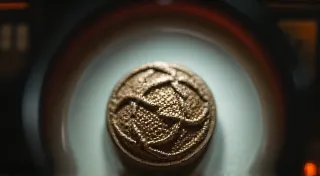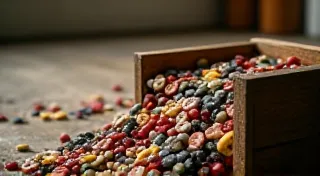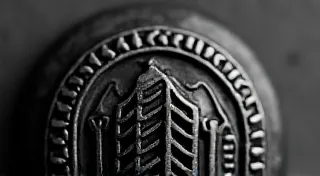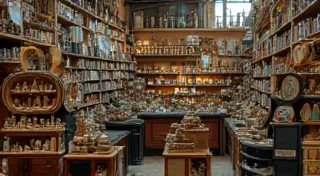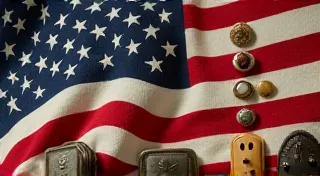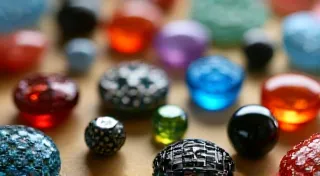German Antique Buttons: Distinctive Styles and Characteristics
Germany has a rich history of button manufacturing, and antique buttons from this region are highly sought after by collectors worldwide. Their craftsmanship and distinctive designs set them apart from buttons produced elsewhere. This guide explores the defining characteristics of German antique buttons, offering collecting tips and insights into their history.
Historical Context: A Nation of Button Makers
Button production in Germany flourished particularly during the 19th and early 20th centuries. The industrial revolution fueled the growth of button factories, and Germany became a major exporter of buttons across Europe and beyond. Several regions, including Silesia (now part of Poland and Germany), Bavaria, and the Rhineland, were particularly prominent centers of button manufacturing. After WWII, many factories were destroyed or disrupted, leading to a decline in production, making pre-war buttons even more valuable to collectors.
Identifying German Antique Buttons: Key Characteristics
Distinguishing German antique buttons from those made in other countries often requires careful examination. Here are some key identifiers:
Materials & Techniques
- Horn & Bone: German button makers frequently utilized horn and bone as primary materials. These buttons often have a warm, slightly translucent quality. Look for a characteristic grain or texture that distinguishes them from other materials like metal.
- Metal: While metal buttons were produced, German metal buttons often exhibit intricate detailing and often bear hallmarks or maker's marks. Tin, brass, and occasionally silver and gold were used.
- Glass: German glass buttons are known for their exceptional quality and often feature elaborate molded designs or hand-painted details.
- Bakelite & Early Plastics: As early plastics became available, German manufacturers embraced these new materials. Look for buttons with a smooth, hard surface and a distinctive luster.
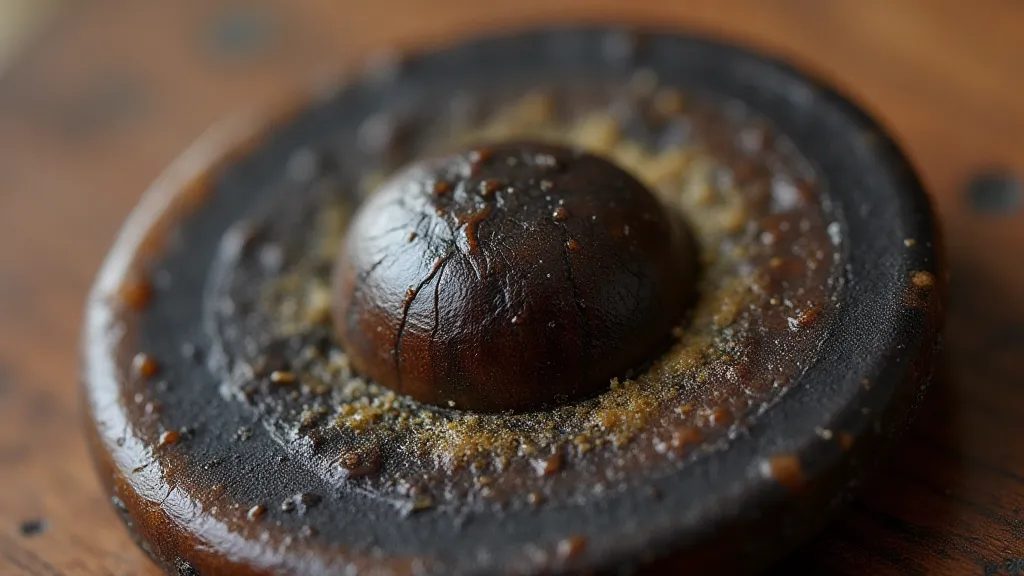
Common Styles and Designs
- Military Buttons: Germany's long military history resulted in a vast array of military buttons. These often feature eagles, Prussian helmets, or other national symbols. Identifying the specific regiment or era can significantly impact the button's value.
- Floral Designs: Elaborate floral patterns were immensely popular, often molded into horn, glass, or metal buttons. These are typically Victorian-era or Edwardian.
- Figural Buttons: Buttons depicting animals, people, or scenes were also common. The level of detail and artistry can vary greatly.
- Geometric Patterns: Intricate geometric patterns, often incorporating raised details or contrasting colors, are characteristic of German button design.
- "Novelty" Buttons: Buttons with unusual shapes or humorous designs often represent a later era, but can still hold collector interest.
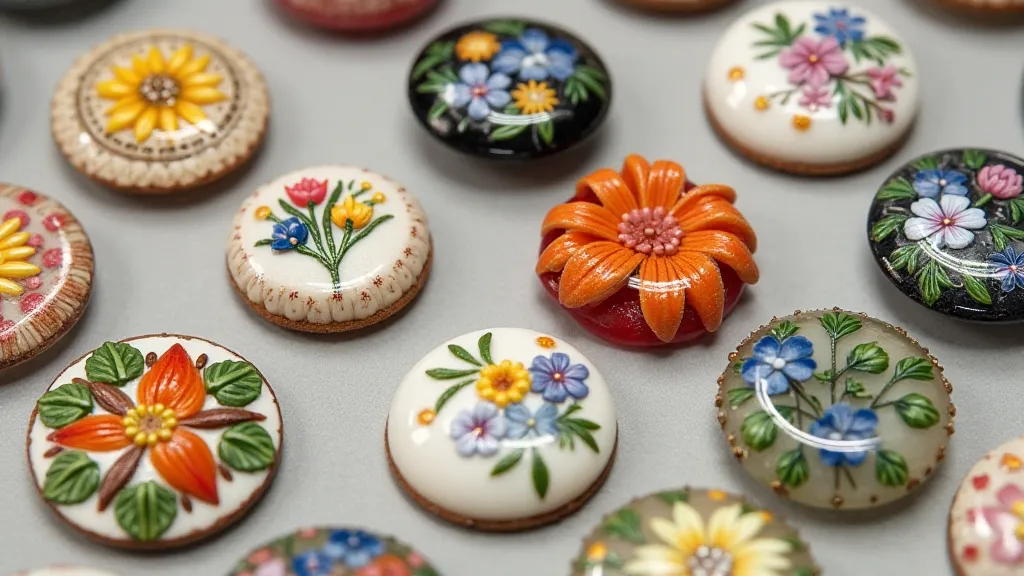
Hallmarks and Maker's Marks
Many German button manufacturers stamped their buttons with hallmarks or maker’s marks. While researching these marks can be challenging, it can provide valuable information about the button's origin, age, and potential value. Resources for identifying these marks are limited, but online forums and antique button collector communities can sometimes provide assistance. Note that some marks were simply decorative and don’t reflect an actual manufacturer.
Collecting Tips & Considerations
- Condition: As with all antiques, condition plays a significant role in the value of German antique buttons. Buttons in excellent condition, free from chips, cracks, or significant wear, are generally more desirable.
- Rarity: Uncommon designs or those associated with specific historical events or military units can command higher prices.
- Research: Take time to learn about German button manufacturers, designs, and history. This knowledge will enhance your appreciation and improve your collecting success.
- Documentation: Keep careful records of your collection, including information about the button's origin, history, and any identifying marks.
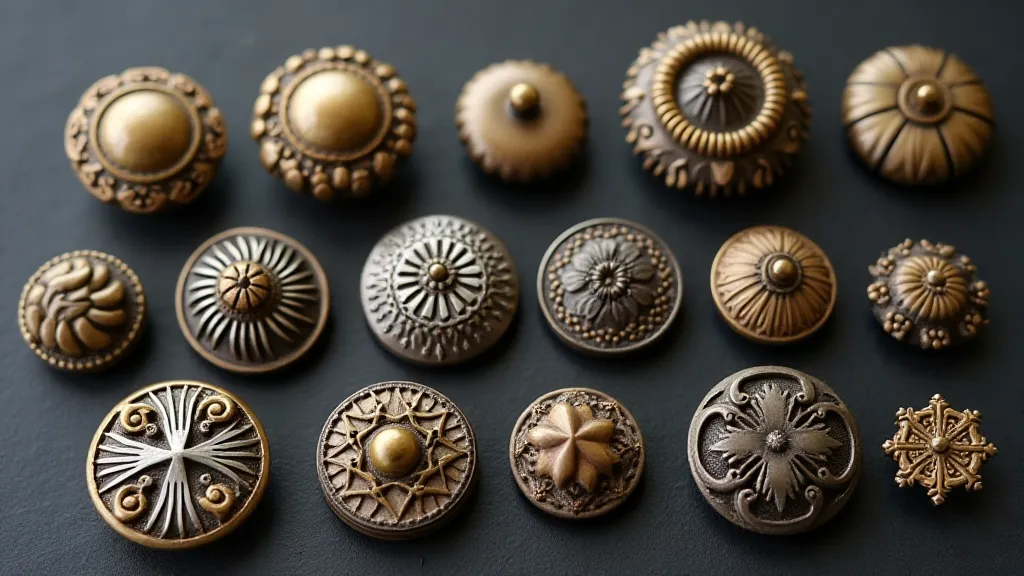
Conclusion
Collecting German antique buttons is a rewarding pursuit. By understanding their history, recognizing key characteristics, and diligently researching your finds, you can build a fascinating and valuable collection. Happy hunting!
